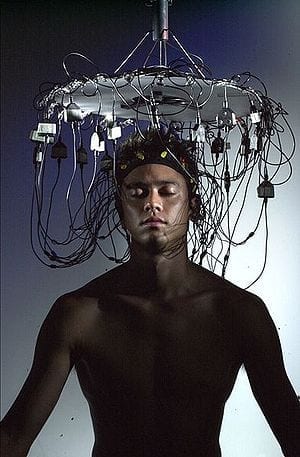
Scientists at the Essex have been working with NASA on a project where they controlled a virtual spacecraft by thought alone.
Using BCI (brain-computer interface) technology, they found that combining the brain power of two people could be more accurate in steering a spacecraft than one person. BCIs convert signals generated from the brain into control commands for various applications, including virtual reality and hands-free control.
Researchers at Essex have already been undertaking extensive projects into using BCI to help people with disabilities to enable spelling, mouse control or to control a wheelchair. The research involves the user carrying our certain mental tasks which the computer then translates into commands to move the wheelchair in different directions.
The University has built-up an international reputation for its BCI research and is expanding its work into the new area of collaborative BCI, where tasks are performed by combining the signals of multiple BCI users.
The £500,000 project with NASA’s Jet Propulsion Lab in Pasadena, California, involved two people together steering a virtual spacecraft to a planet using a unique BCI mouse, developed by scientists at Essex.
Using electroencephalography (EEG), the two users wore a cap with electrodes which picked up different patterns in the brainwaves depending on what they were focusing their attention on a screen – in this case one of the eight directional dots of the cursor. Brain signals representing the users’ chosen direction, as interpreted by the computer, were then merged in real time to produce control commands for steering the spacecraft.
As Professor Riccardo Poli, for the University’s School of Computer Science and Electronic Engineering, explained, the experiment was very intense and involved a lot of concentration. With two people taking part in the test, the results were more accurate as the system could cope if one of the users had a brief lapse in concentration.
Analysis of this collaborative approach showed that two minds could be better than one at producing accurate trajectories. Combining signals also helped reduce the random “noise” that hinders EEG signals, such as heartbeat, breathing, swallowing and muscle activity. “When you average signals from two people’s brains, the noise cancels out a bit,” added Professor Poli.
The Latest Streaming News: Controlled by thought alone updated minute-by-minute
Bookmark this page and come back often
Latest NEWS
Latest VIDEO







